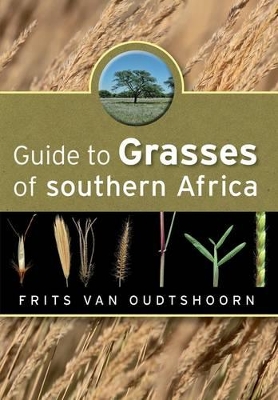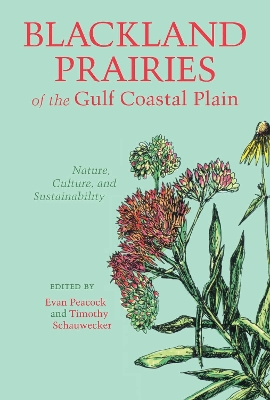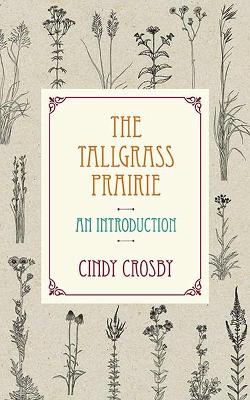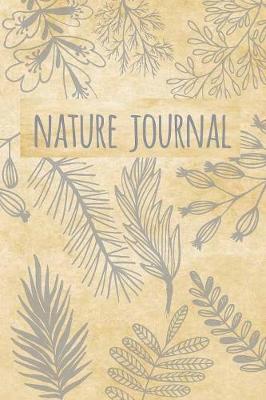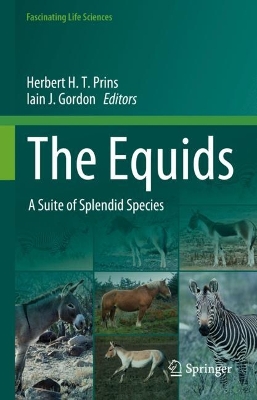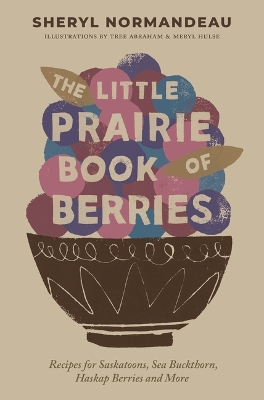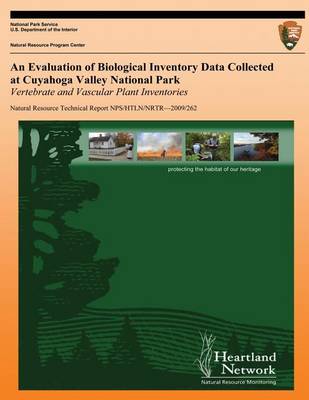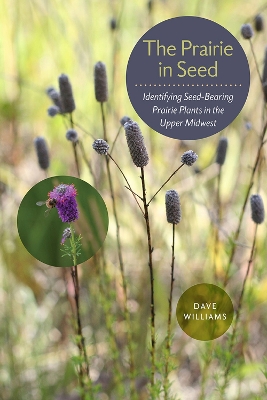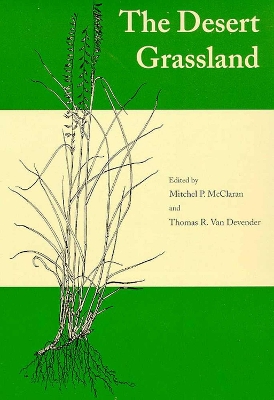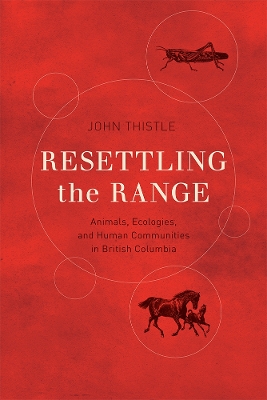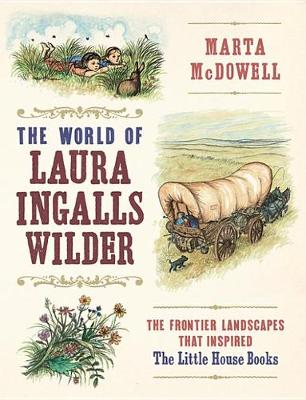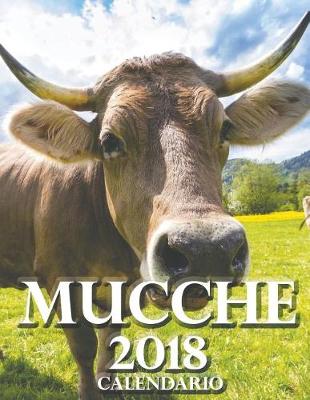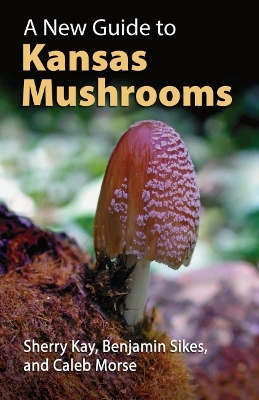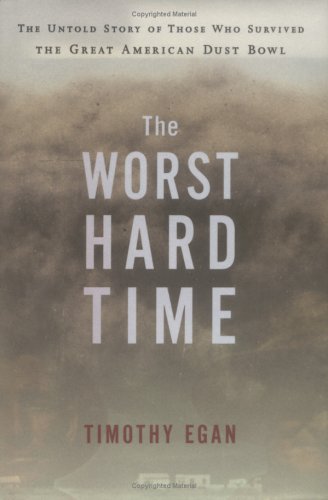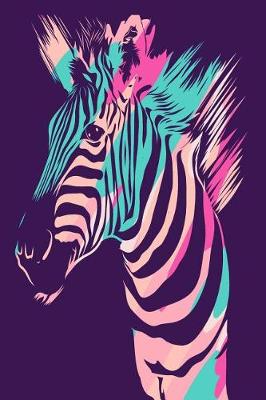The grass family, known as Poaceae, is probably the most important plant family on earth. Grasses were the first food plants to be cultivated by man. Grass crops, such as maize, wheat, rice and sugarcane are still our most important food source to farm animals and the large herds of grazing animals in the wild. The identification of grasses becomes important during land management as the various grass species differ in their grazing value and other ecological functions. Furthermore, weedy grasse...
I Was Normal 3 Cats Ago (Crazy Cat Lady Gifts, #1) (Cat Diaries, #1)
by Nifty Notebooks
Large Print Coloring Book of Spring (Flower Activity Book, #1)
by Renee Bloom
Crazy Cat Lady (Gifts for Cat Lovers, #3) (Crazy Cat Lady Gifts, #9)
by Nifty Notebooks
Blackland Prairies of the Gulf Coastal Plain
This comprehensive study of one of the most ecologically rich regions of the Southeast underscores the relevance of archaeological research in understanding long-term cultural change. Taking a holistic approach, this compilation gathers ecological, historical, and archaeological research written on the distinctive region of the Southeast called the Gulf coast blackland prairie. Ranging from the last glacial period to the present day, the case studies provide a broad picture of how the area has c...
More than a region on a map, North America's vast grasslands are an enduring place in the American heart. Unfolding along and beyond the Mississippi River, the tallgrass prairie has entranced and inspired its natives and newcomers as well as American artists and writers from Willa Cather to Mark Twain. The Tallgrass Prairie is a new introduction to the astonishing beauty and biodiversity of these iconic American spaces. Like a walking tour with a literate friend and expert, Cindy Crosby's Tallg...
The Equids (Fascinating Life Sciences)
The narrative of the progression of the ‘horse family’ through geological time, from dog-sized fruit-eating animals with four toes on their front and three toes on their hind legs, to the valiant long-legged, single-toed modern grazing horses, beloved by racing enthusiasts, is the poster child of evolution. However, like the rhinos or tapirs, the horse-like zebras, wild asses, kulans, kiangs, onagers, and the real horses are often portrayed as being past their evolutionary peak as compared to th...
An Evaluation of Biological Inventory Data Collected at Cuyahoga Valley National Park
by Michael H Williams
The tallgrass prairie offers solutions to the many environmental challenges facing our water, soils, and ecosystems. Planting prairie on just 10 percent of a field can effectively remove excess phosphorous and nitrogen from the remaining 90 percent. Deep prairie roots and dense aboveground growth filter and hold soils, keeping them from eroding into our streams and rivers. Plants such as common milkweed are the key to the monarch butterfly’s recovery. In light of these benefits, perhaps our love...
THE DESERT GRASSLAND
The mixed grass and shrub vegetation known to scientists as desert grassland is common to the basins and valleys that skirt the mountain ranges throughout southwestern North America, extending from Arizona, New Mexico and Texas down through thirteen Mexican states. This variegated ground cover is crucial to life in an arid environment. The Desert Grassland offers the most comprehensive study to date of these flora and the rich biotic communities they support. Leading experts in geography, biolog...
The ranchers who resettled British Columbia's interior in the late nineteenth and early twentieth centuries depended on grassland for their cattle, but in this they faced some unlikely competition from grasshoppers and wild horses. With the help of the government, settlers resolved to rid the range of both. Resettling the Range explores the ecology and history of the grasslands and the people who lived there by looking closely at these eradication efforts. In the process, the author uncovers in...
Land Use, Land Cover and Soil Sciences
Beef, Brush, and Bobwhites (Perspectives on South Texas)
by Fidel Hernndez and Fred S Guthery
In this completely revised Texas A&M University Press edition, Guthery and coauthor Fidel Hernandez have breathed new life into a classic work that for more than twenty years has been teaching biologists, managers, and ranchers to "think like a quail." Updated with the latest research on quail habitat management, predator control, and recent issues such as aflatoxin contamination, Hernandez and Guthery help land stewards understand the optimum conditions for encouraging and sustaining quail pop...
Originally published in 1993, A Guide to Kansas Mushrooms went out of print in 2017. Original author Richard Kay suggested his wife, Sherry Kay, could assume the undertaking of revising the book, collaborating with him working as a consultant. After Richard’s death in 2018, Sherry later added two coauthors, Benjamin Sikes and Caleb Morse, to complete the task.Kay, Sikes, and Morse have revised this new edition to account for the variety of ways mycology has changed in the last twenty-five years,...
Colourful Zebra 2019 to 2020 Academic Journal For Student, Teacher, Parent
by Plan 4 It
